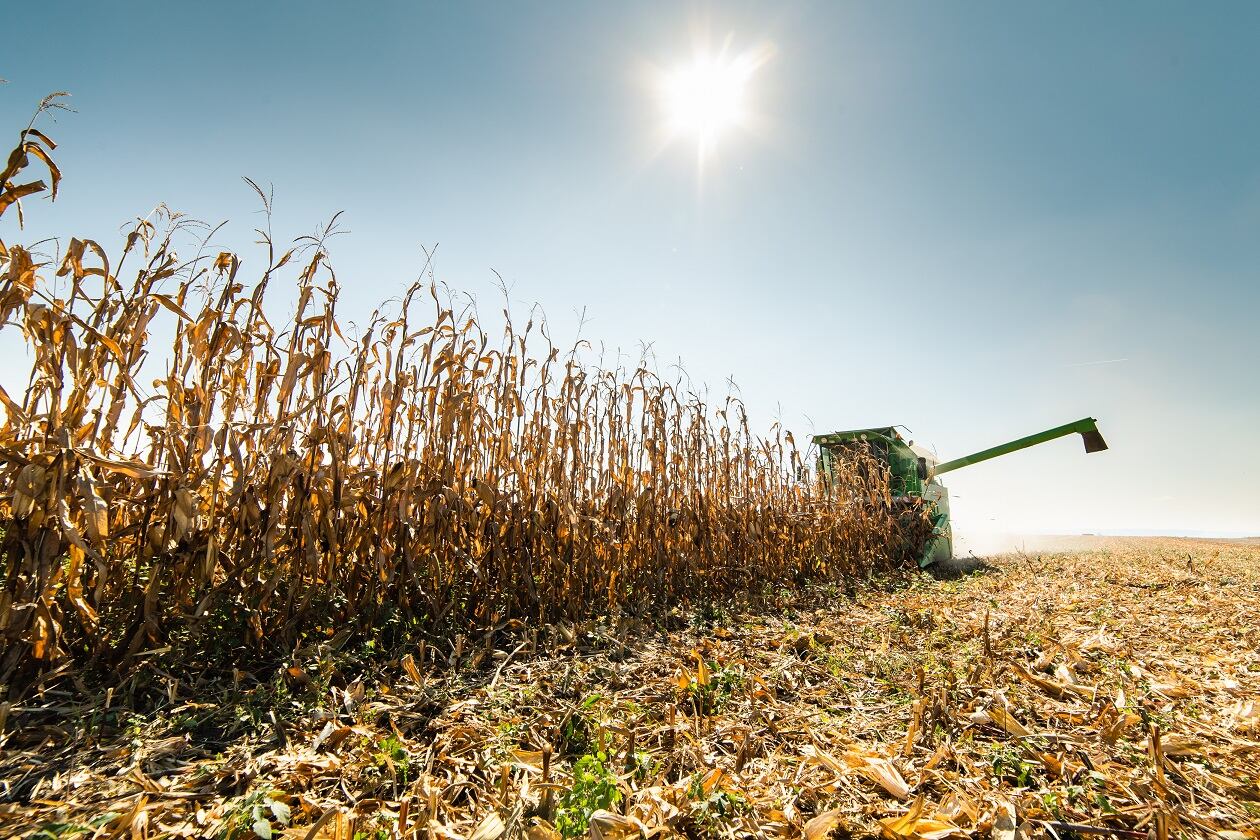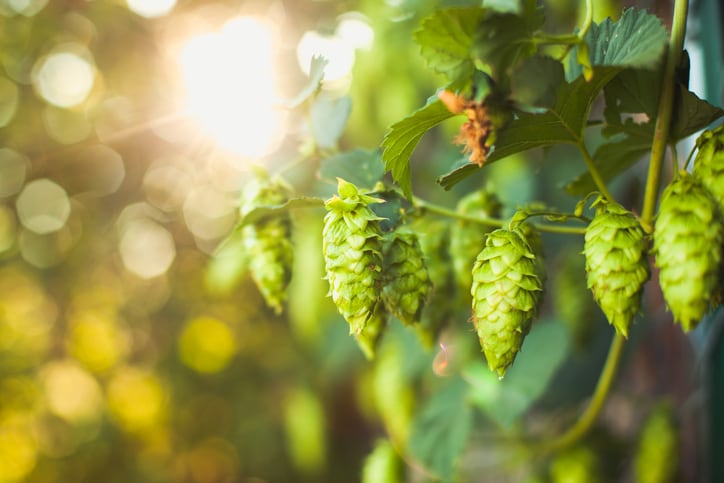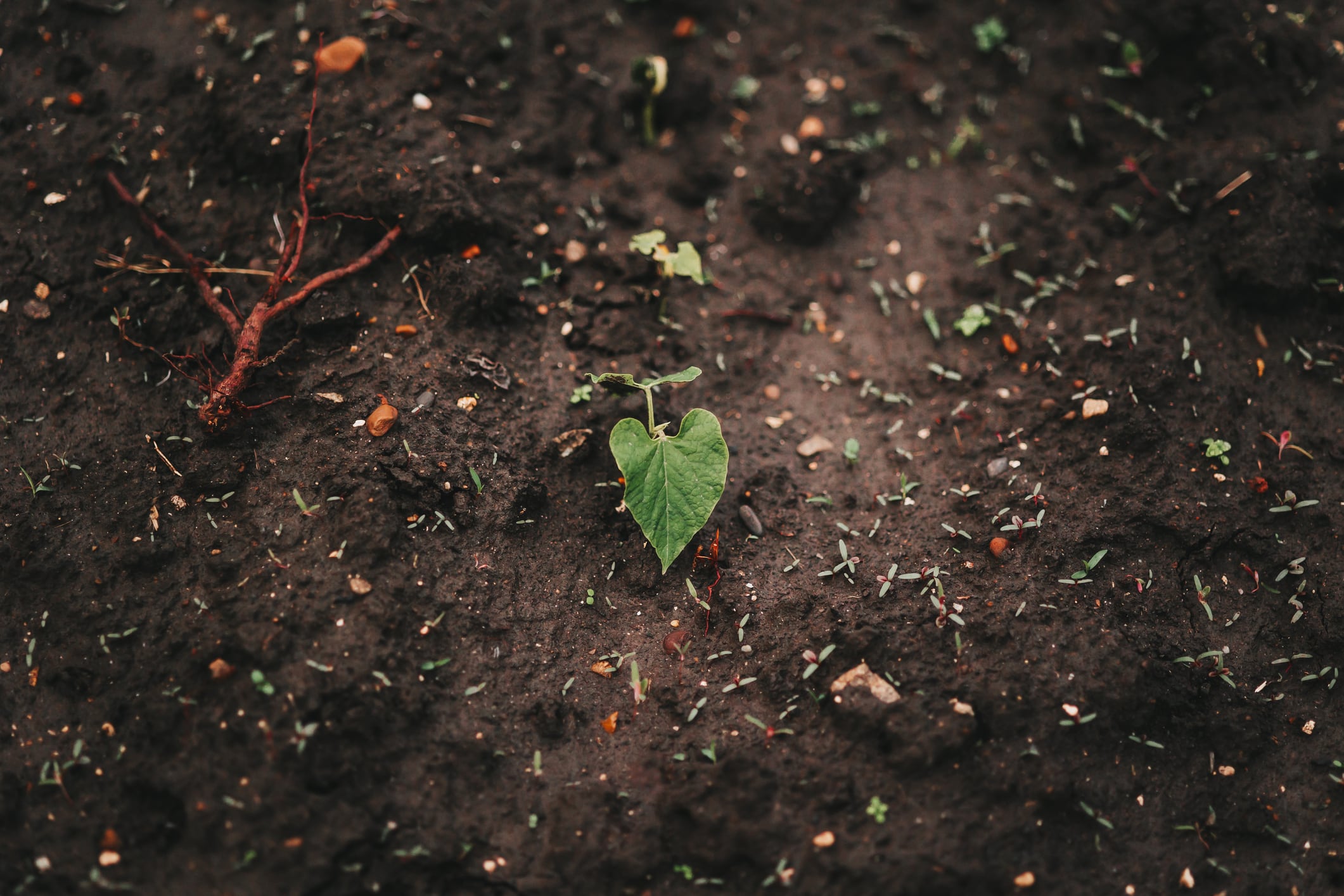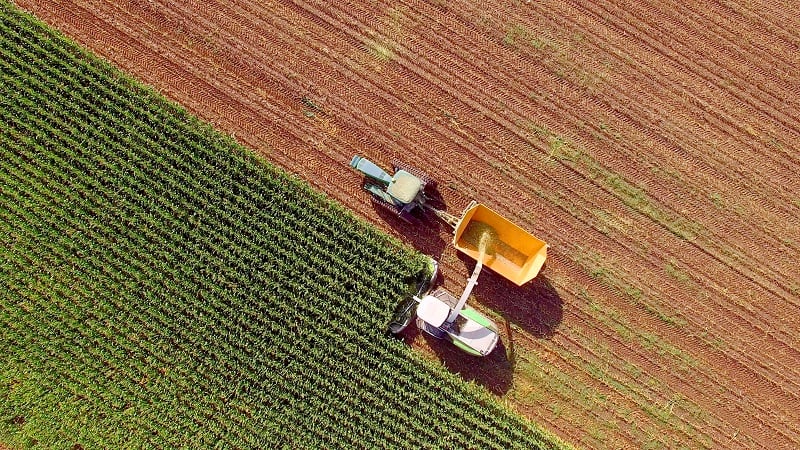A team from Tarim University in Xinjiang, China sought to understand how drought affects maize seedlings and identify traits linked to drought tolerance.
The researchers tackled the challenge of identify key traits to maize seedling that would be able to predict drought tolerance.
A total of 78 maize hybrids were observed under drought conditions to collect data on eight traits – plant height, stem diameter, chlorophyll content, root number, aboveground fresh and dry weights, underground fresh and dry weights
The experiment was able to confirm that a drought can inhibit the growth and biomass of maize plants, specifically plant height and aboveground weight.
Meanwhile, the number of roots were less impacted by the lack of water.
The drought also led to a decrease in chlorophyll content, impacting photosynthesis.
Next, the researchers employed machine learning methods to analyse the relevant traits of maize seedlings’ drought tolerance.
They used three methods: random forest (RF), K-nearest neighbor (KNN), and extreme gradient boosting (XGBoost).
Narrowing down the info
After crunching the data, the models showed that plant height, aboveground fresh weight, and chlorophyll content were consistently flagged as the most significant in predicting drought tolerance.
“Drought stress significantly impedes maize seedling growth and induces measurable phenotypic alterations; among them, plant height, aboveground fresh weight, and chlorophyll content are the key indicators for distinguishing whether a maize seedling is drought tolerant or not.”
On the other hand, plant height was analysed to have a negative impact on drought tolerance,
In particular, XGBoost was highlighted as having superior predictive performance.
“The evaluation results of the three machine learning methods on the training and test sets revealed superior performance by the XGBoost model, exhibiting a higher R2 value (0.863) in classification tasks. This indicates the model’s proficient ability to elucidate variations in drought tolerance at the seedling stage of maize”
The researchers also suggested integration with drone-based image recognition technology to future improve monitoring.
With the three key traits and the right method to study them, the team believed that these findings could accelerate the development of drought-resistant varieties, improve crop resilience and overall food security.
“This research provides valuable insights for developing maize varieties that can better withstand drought conditions, helping farmers and breeders improve crop resilience in the face of increasing drought risks due to climate change.”
Study limitations
Although this study identified important and useful information, several limitations of the study remained.
Most notably, the study only utilised 78 varieties that were prevalent in China and future studies could explore more varieties.
“Although this study provides a novel method for evaluating drought tolerance at the maize seedling stage, several limitations remain. First, while the 78 hybrid varieties encompass genetic diversity, the variation in the inherent genetic backgrounds among different varieties was not accounted for.
In the future, the researchers see potential to explore how drought affects more traits, including three-dimensional root architectural parameters and dynamic physiological indicators.
They added: “Future work should integrate high-precision root scanners and real-time monitoring of leaf photosynthesis to construct multidimensional phenotype–environment interaction datasets, thereby enhancing the model’s capacity to decipher complex drought-resistance mechanisms."
Source: Biology
Machine Learning Analysis of Maize Seedling Traits Under Drought Stress
Authors: Lei Zhang, Fulai Zhang, Wentao Du et al.
https://doi.org/10.3390/biology14070787





